INTRODUCTION
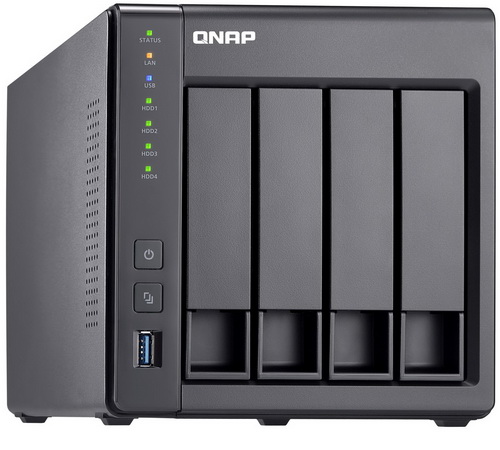
One of the many things friends tend to notice when they come over to our lab is one of our enterprise-grade NAS servers which have been running non-stop since we first started NikKTech roughly 6 years ago (we've used two such models since then). To be completely honest with all of you the main reason people tend to notice them is because these models are quite loud so they are hard to miss. In any case the end result is that people who know not about NAS servers start asking us questions about what they can be used for and what their advantages over regular desktop PCs and notebooks are and over the years many have actually gone out and bought their very own. Of course i can't say i know of anyone who has gotten an enterprise-grade model like the ones we use (not that they have to) but surprisingly enough many have invested good amounts of money on top of the line small business models. One such model is the brand new TS-431X2-8G Cost-effective Business NAS with Integrated 10GbE SFP+ Port by QNAP which we've been using and testing since late January.
QNAP Systems, Inc., headquartered in Taipei, Taiwan, provides a comprehensive range of cutting-edge Network-attached Storage (NAS) and video surveillance solutions based on the principles of usability, high security, and flexible scalability. QNAP offers quality NAS products for home and business users, providing solutions for storage, backup/snapshot, virtualization, teamwork, multimedia, and more. QNAP envisions NAS as being more than "simple storage", and has created many NAS-based innovations to encourage users to host and develop Internet of Things, artificial intelligence, and machine learning solutions on their QNAP NAS.
Inside the enclosure of the brand new TS-431X2-8G QNAP has placed the AL-314 quad-core ARM Cortex-A15 CPU (clocked at 1.7GHz) by Annapurna Labs together with 8GB DDR3L RAM (SODIMM clocked at 1600MHz and manufactured by Transcend) and 512MB of NAND flash. As clearly stated by its product name the TS-431X2-8G also has room for up to four 3.5/2.5" SATA III drives and features a single 10G SFP+ LAN port, 2 Gigabit RJ45 LAN ports and 3 USB 3.0 ports. The TS-431X2-8G is not the first but the third NAS to arrive in our lab that uses an ARM CPU made by Annapurna Labs and although they may not be as powerful as some we've seen to date by Intel (nor do they feature the same playback capabilities) they offer a great bang for your buck. Also as expected since the TS-431X2-8G is a model aimed at small business users the 10G SFP+ LAN port is its strongest selling point so once again we'll also be using our Netgear ProSafe XS712T 10G Smart Switch along with an Intel XT540-AT2 10GbE PCIe card for our tests.
SPECIFICATIONS AND FEATURES

PACKAGING AND CONTENTS
Just like with most SMB models by QNAP the TS-431X2-8G also arrived inside a plain cardboard box that has a large sticker at the front and top which includes a product picture and the main product specifications.
Some of the possible usages of the TS-431X2-8G are printed at the rear of the box.
The usual thank you note by QNAP is the first thing you'll see when you open the box.
Both the NAS and its bundle are safely placed between two thick foam spacers (the bundle is placed in a second cardboard box).
Aside the TS-431X2-8G NAS also contained in the box are its power adapter and cord, two RJ45 Ethernet cables, two small plastic bags with 2.5/3.5" HDD mounting screws and a quick installation guide.
THE TS-431X2-8G EXTERIOR
Measuring 219mm in length, 169mm in width and 160mm in height the 2.03Kg heavy TS-431X2-8G is pretty much identical to every other quad-bay NAS we've reviewed by QNAP.
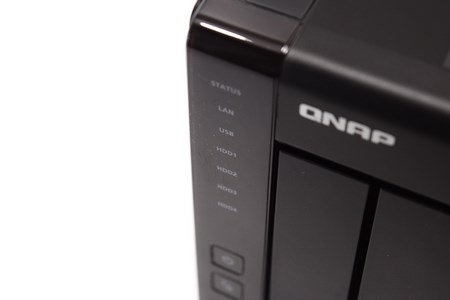
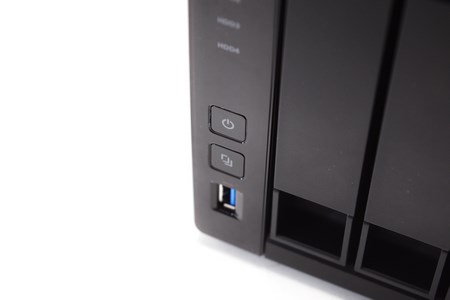
The system (power/LAN/USB) and HDD activity LEDs are placed on the left side of the fascia right over the on/off power button, one-touch backup button and a USB 3.0 port.
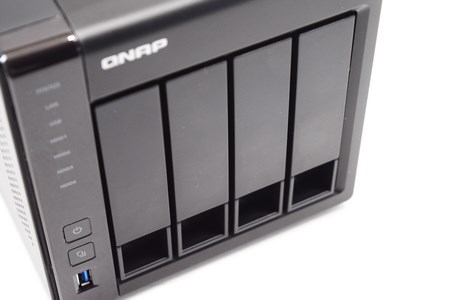
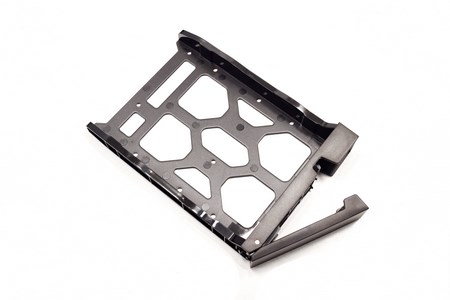 All four removable drive trays are made out of hard plastic and can accommodate both 2.5" and 3.5" drives.
All four removable drive trays are made out of hard plastic and can accommodate both 2.5" and 3.5" drives.
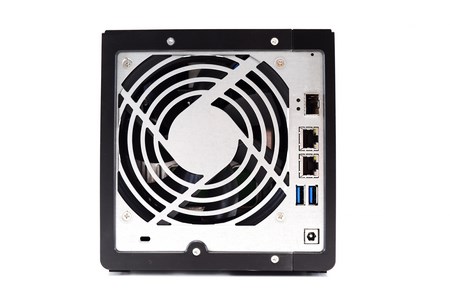
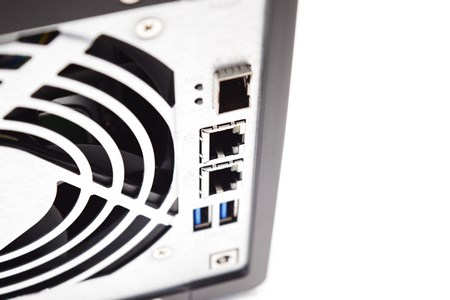
Moving at the rear of the enclosure we find the 120mm exhaust fan, 10GbE SFP+ LAN port, two RJ45 Gigabit LAN ports, DC in and a Kensington lock.
The NAS sits on 4 small rubber feet and its base is partially perforated.
THE TS-431X2-8G INTERIOR
Accessing the interior of the NAS is easy since you just need to remove the rear screws and then push the large section backwards.
Even though the exterior is made out of hard plastic the HDD cage and other internal parts are made out of aluminum.
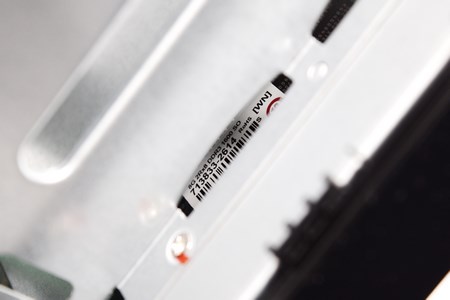
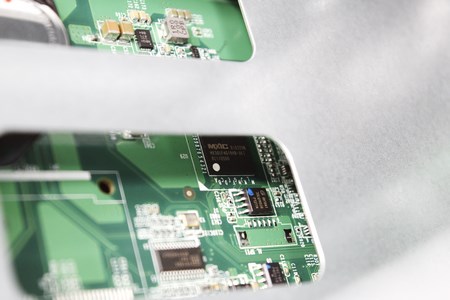
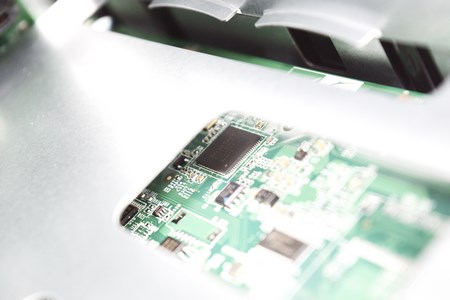
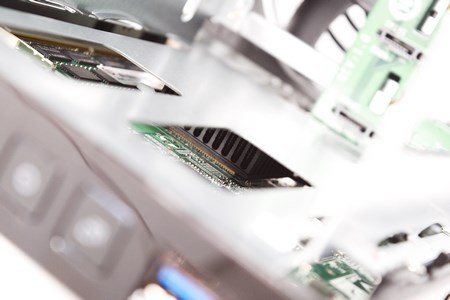
Although we never like taking apart something which may get damaged in the process we can still see the 8GB DDR3L RAM by Transcend, NAND flash chip by Macronix, USB 3.0 Host Controller chip by EtronTech and finally the black heatsink over the Annapurna Labs AL-314 ARM Cortex-A15 CPU.
Equipped with 4 Seagate Enterprise NAS 6TB SATA III hard disk drives the TS-431X2-8G is ready to roll.
SETUP
There are several ways you can detect and setup the NAS but using the latest version of Qfinder Pro is the best and this is what we used here as well (you can download this program from the official QNAP support page).
Using Qfinder Pro you can even update the stored firmware with the latest one prior to accessing the web interface of the NAS.
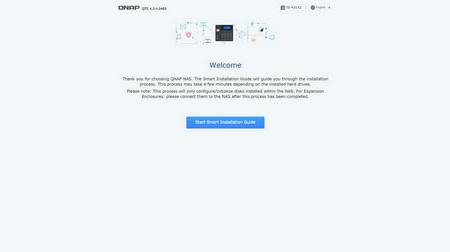
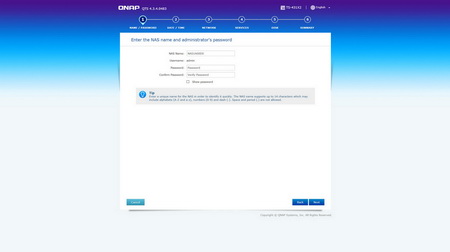
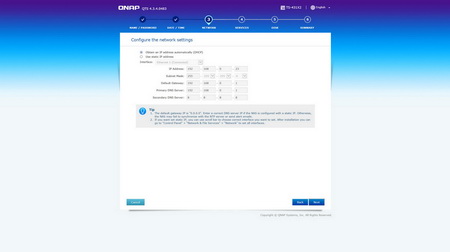
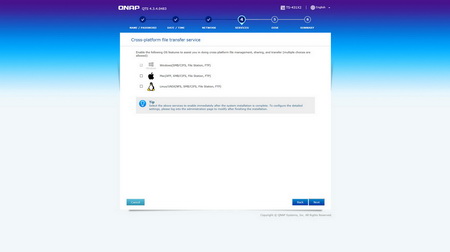
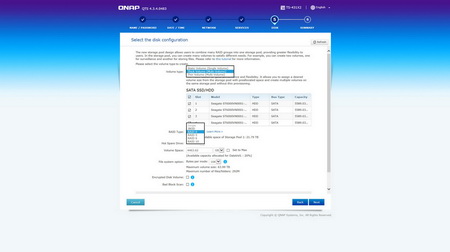
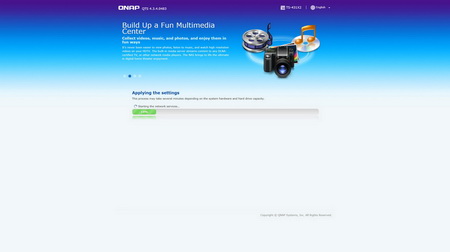
Once the setup procedure starts you will need to enter a new name and password for the NAS, set the date and time, adjust the network settings, select whether or not the NAS will be connected to Linux and MAC systems (aside Windows) and configure the installed drives.
QTS 4.3.4 PART 1
Just like with previous QTS versions the login screen is filled with colorful pictures.
As usual the main web interface screen lists all the installed apps.
You can always launch the system status monitor from the lower right while the “start” like menu is accessible from the left top corner.
The new Qboost resource monitor can be accessed from the top right corner or by clicking on the robot.
Everything you need in terms of available settings is present in the slightly revamped control panel page.
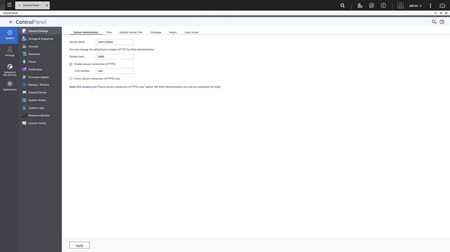
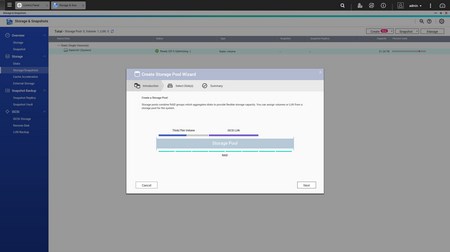
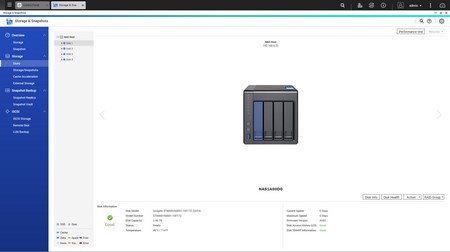
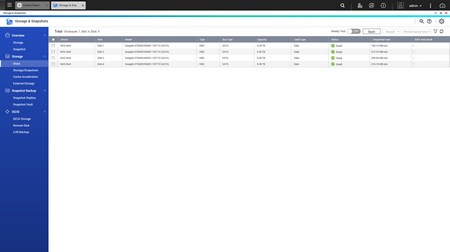
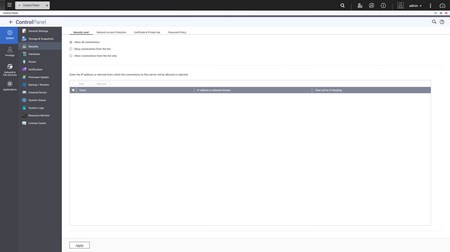
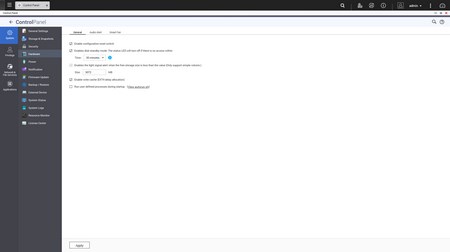
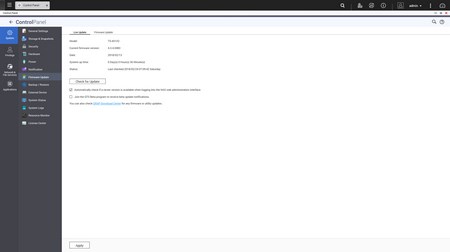
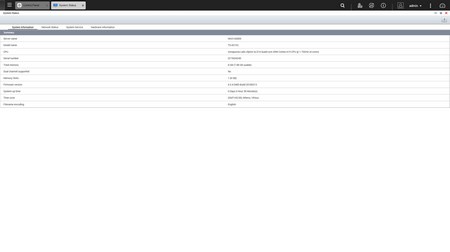
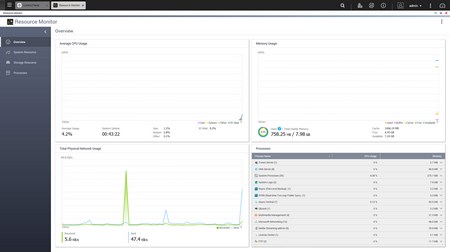
Via the System Settings menu you can set the name for the server, adjust time, set a password, change the codepage, adjust the login screen, specify your location, adjust the network IP, play around with power options, set notifications, check the state of the installed drives, create storage pools, use the new snapshot backup feature, setup cache acceleration (via SSD), enable/disable various security settings, configure the speed of the fan, audio alerts and LED intensity, backup and restore NAS data, configure external devices, check hardware information, setup backup options, access external device settings, access the detailed resource monitor, check logs, install new licenses and needless to say perform firmware updates.
The Privilege Settings tab has remained the same for many years now and from here you can create new users, assign those users to groups, setup shared folders, set specific quotas for each user and configure domain security and controller.
From within the Network Services menu you will find network-related options including TCP-IP server settings, Wireless USB settings, DDNS configuration and more.
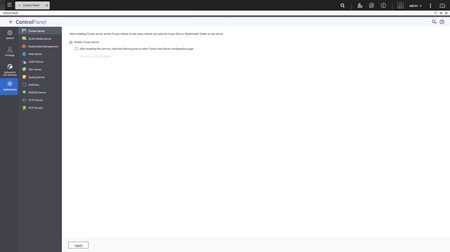
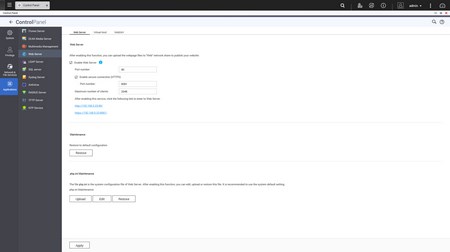
From the applications tab you can access most of the essential apps of the NAS such as the DLNA, iTunes and Web servers, Anti-Virus and much more.
QTS 4.3.4 PART 2
By default the TS-431X2-8G comes with 7 pre-installed apps.
Worth pointing out is that currently QNAP offers a total of 85 free apps for this specific model (other higher-end models have even more which they can support with their specifications).
Although the latest version of the File Station app (v5) is a lot better than previous ones I still prefer mapping network locations since it’s a lot faster.
The MyQNAPCloud app is among the most useful ones since it allows you to access your NAS from anywhere in the world as long as you have access to the internet. The entire process is automatic (you will need to register an account however) but you may be required to “dirty” your hands a bit if your modem/router is not compatible.
As clearly stated by its name via the Media Streaming Add-On you can stream media to different devices using DLNA, Airplay, Chromecast and HDMI (not a feature we used with this NAS).
Qsync Central allows you to have your files synced between all your devices as long as the app is loaded.
The Download Station is a handy tool which you can use to download files either via Torrent or direct HTTP/FTP download.
If need be you can also run your very own proxy server by using the available app as seen above.
The QVPN app allows users to access the NAS on a Virtual Private Network (VPN) from the Internet.
Via the new photo station you can see and share all your pictures with other systems and mobile devices.
Qsirch is a new application which allows the end user to search for specific files inside the NAS at incredible speeds. It may not come in handy much for home use but for office use it could prove to be a valuable addition.
With the Music Station you can stream and playback your entire music collection without switching to an external app.
The container station app allows you to operate multiple isolated Linux systems on a QNAP NAS (along with several other apps).
Cinema28 is among the latest apps by QNAP and what it basically does is to enable the end user to stream media files to multiple media devices that are connected to the NAS itself (you can also connect speakers and headsets via USB with the NAS).
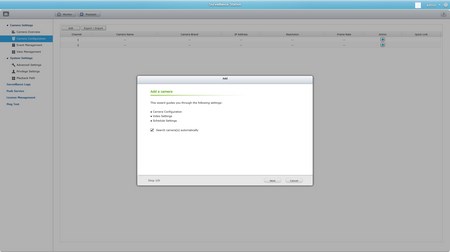
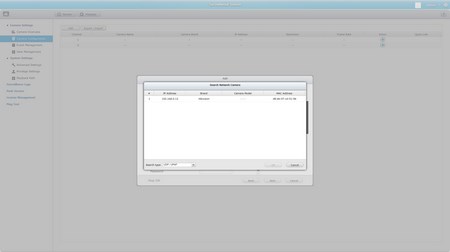
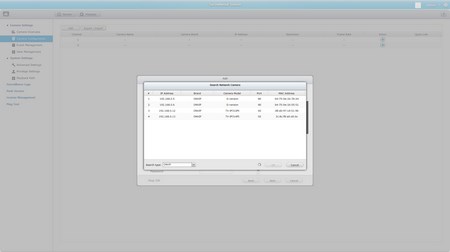
The Surveillance Station gives you 2 empty spots to configure IP cameras and much like previous versions again we were only able to detect all of our IP cameras via the ONVIF detection feature.
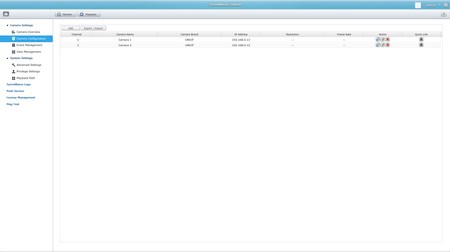
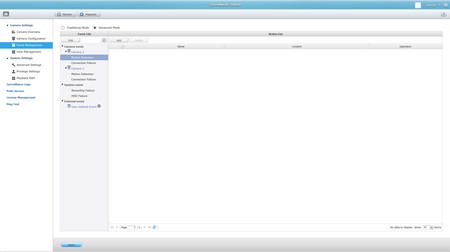
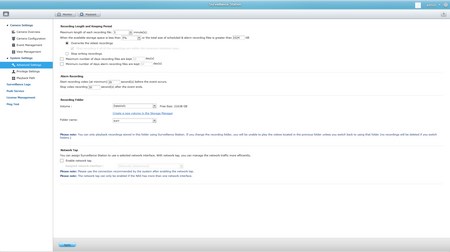
Everything else has remained the same with previous versions (unfortunately QVR Pro is not currently available for this specific NAS model).
Don’t forget that you can add more IP camera slots by purchasing extra licenses.
TESTING METHODOLOGY – PERFORMANCE RESULTS
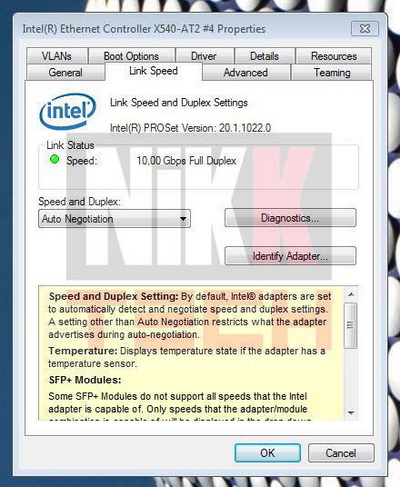
Originally we had decided that since some of the NAS servers/devices we've tested in the past are no longer in our possession (naturally) we would keep performing the exact same testing methodology we did in the past for as long as possible in order to provide accurate comparison results. However since our real-life tests are not enough for some people we also decided to throw in ATTO and Crystal Disk Mark to cover the more demanding users. However as always we will be using a single Seagate Constellation ES.3 4TB SATA III and up to 10 Seagate Enterprise NAS 6TB SATA III hard disk drives with 3.5” compatible units (we switched to 6TB models for RAID tests since May 2017) and up to two (for now) Enterprise Capacity 2.5 HDD V3 2TB SATA III HDDs with 2.5” compatible units to perform several upload/download tests with 10.9GB (Single) and 40,8GB (RAID) files. Tests are repeated a total of 4 times after which we record the average numbers (from the 4 peak ones) into our charts. The network device used for 1GbE tests is the same Netgear D7800 Gigabit VDSL Modem/Router we’ve been using lately when performing tests on NAS servers. Since the 25th of June 2015 for 10GbE tests we’ll be using a Netgear ProSafe XS712T 10G Smart Switch and an Intel XT540-AT2 10GbE PCIe card (10GbE compatible NAS cards will be provided from each company and stated in each review).
SINGLE DISK TESTS



RAID TESTS
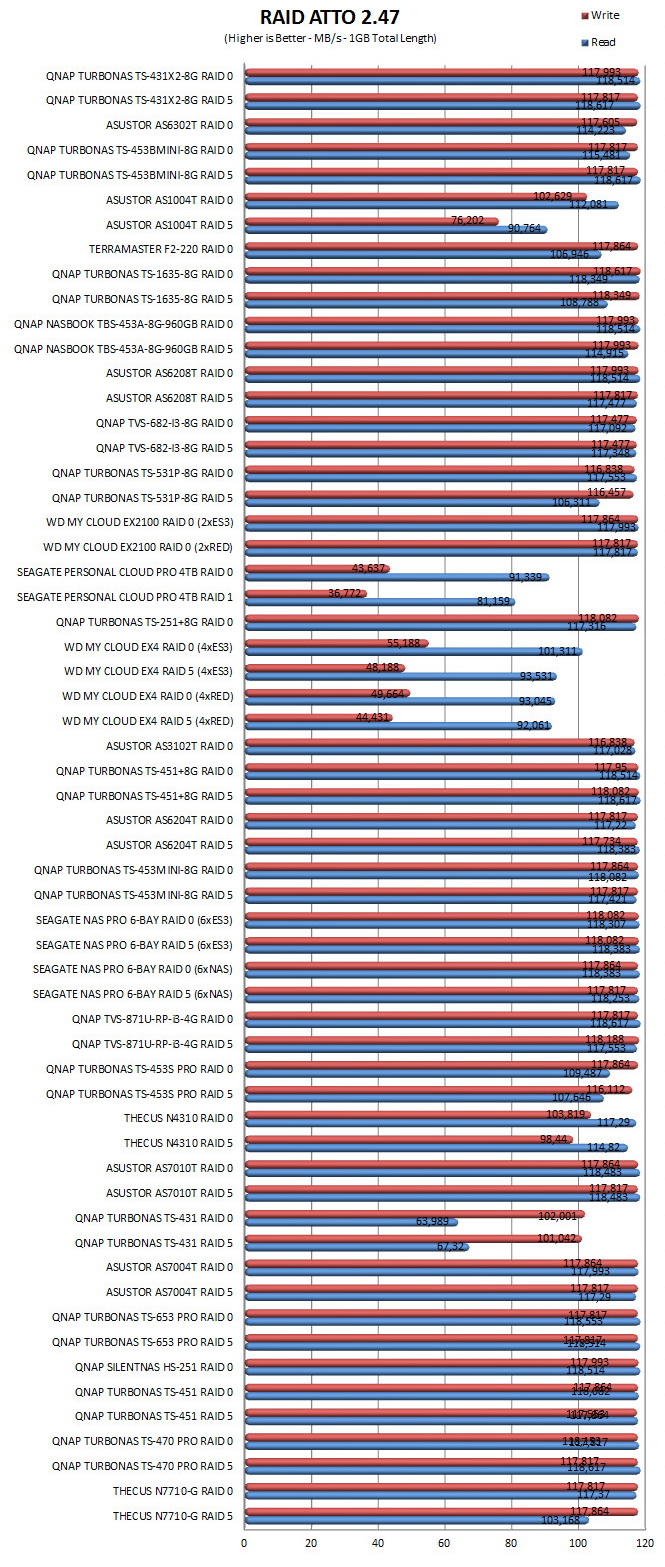


TEST RESULTS – 10GBE
SINGLE
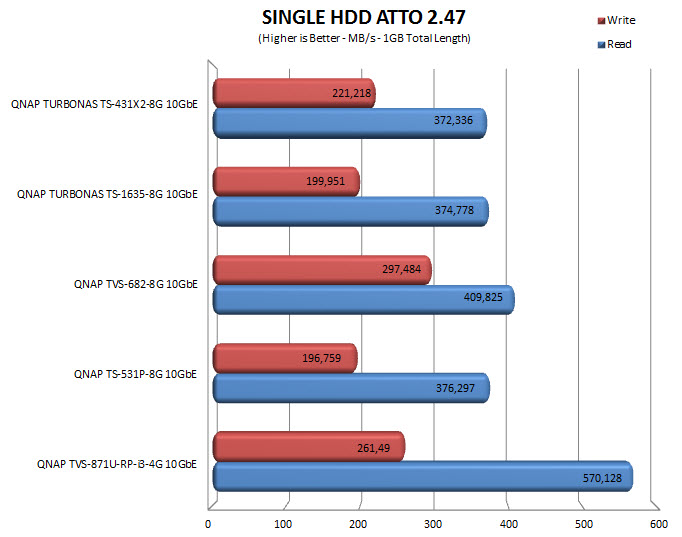
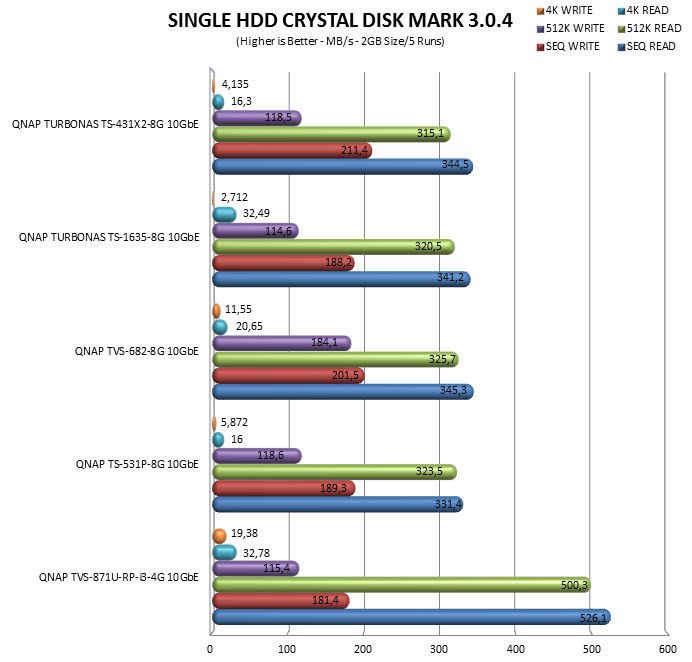
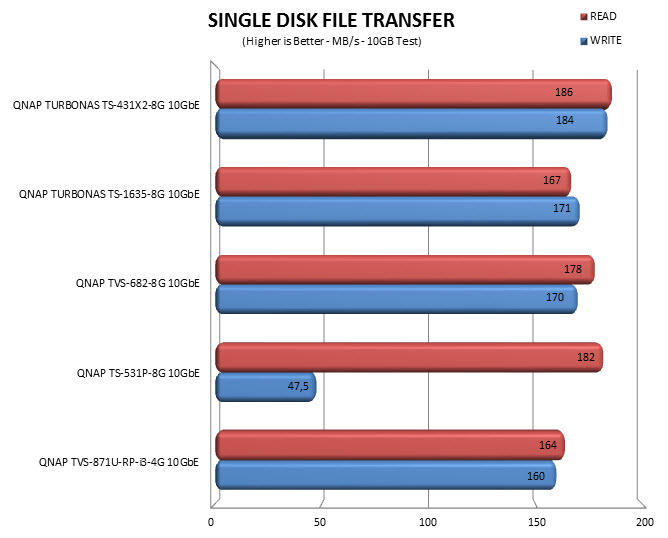
RAID
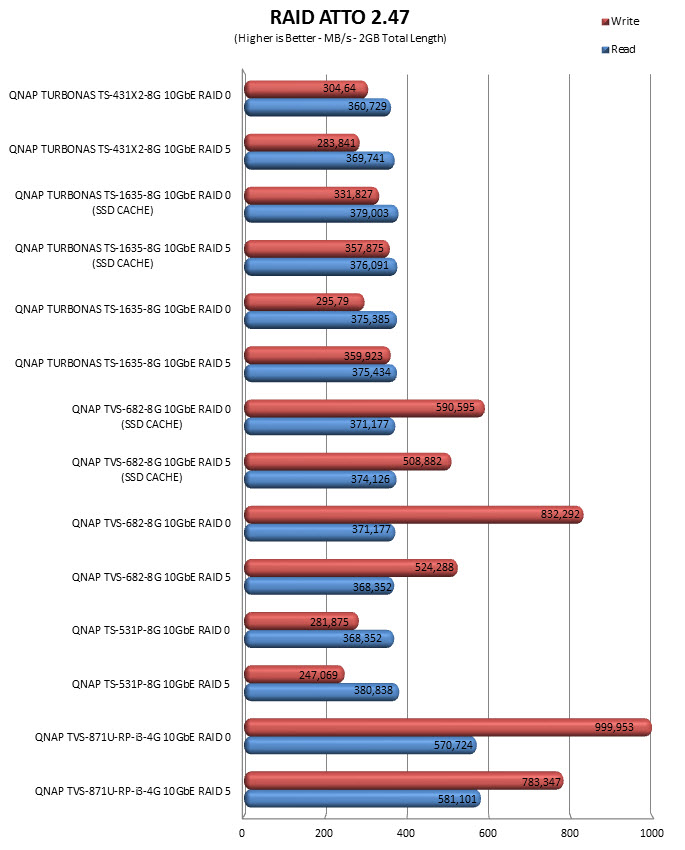
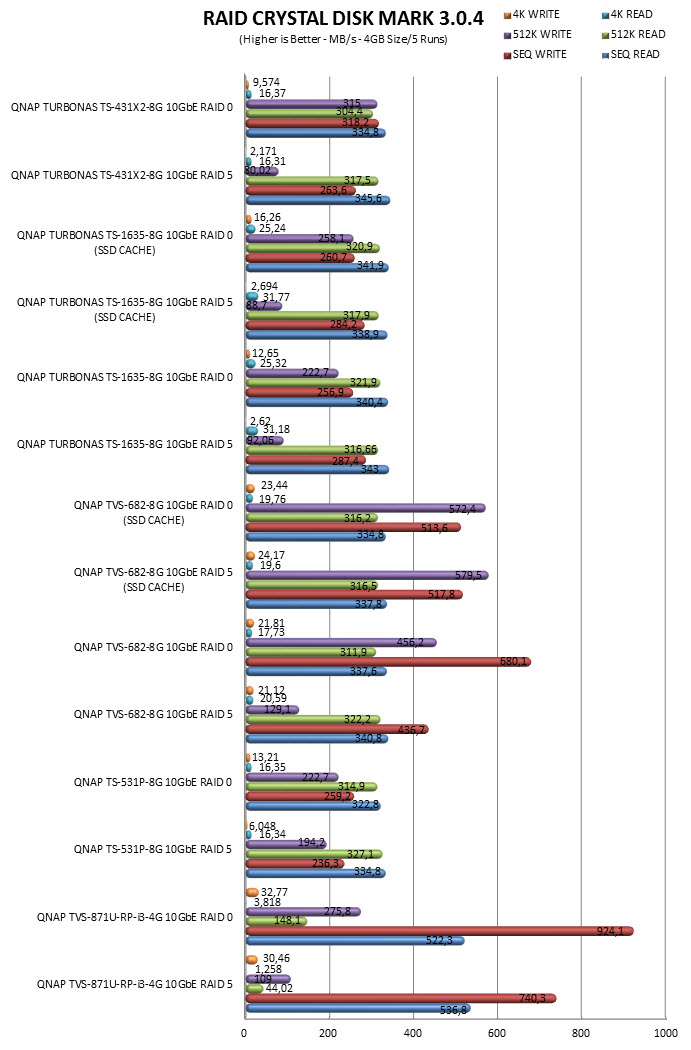
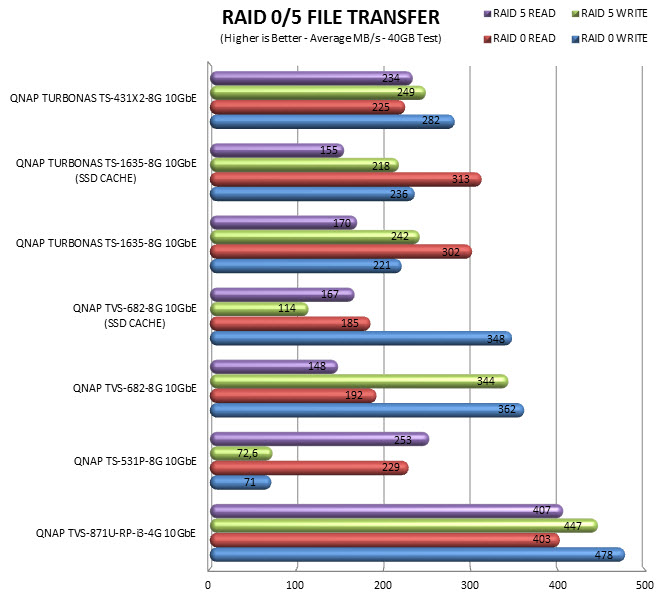
TEST RESULTS – TEMPERATURES / CONSUMPTION / NOISE
TEMPERATURES

POWER CONSUMPTION

NOISE LEVELS

CONCLUSION
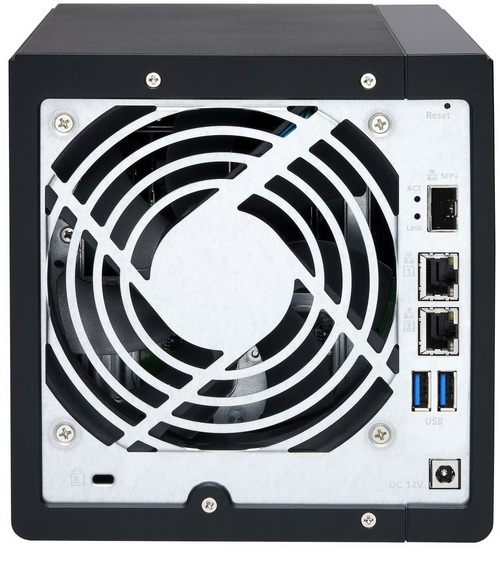
10GbE connectivity may still not be exactly affordable but with quite a few mainboard manufacturers even shipping some of their models with built-in 10GbE LAN connectivity this may change sooner than we had thought. Still the truth of the matter is that regular/casual users hardly even care about 1GbE connectivity (which is also why there are many network products in the market still stuck with 100Mbit/s fast Ethernet ports) so at least for the largest market share 10GbE will probably remain unknown for a long time to come. The TS-431X2-8G however and all other similar NAS models are not really aimed towards casual users and for small businesses 10GbE is not only a way to expedite things but can also save money in the long run. Now in terms of raw power the Annapurna Labs AL-314 ARM Cortex-A15 CPU may not be just as fast as some Intel CPUs but it was always ment as a cost-effective alternative and QNAP doesn’t shy away from that since they state it numerous times in their product catalog and website. We were hoping to see support for the brand new QVR Pro app with the TS-431X2-8G since we’ve been using it with our very own QNAP server and we feel it’s much better than the regular Surveillance Station but that could be a limitation due to the CPU used.
Thanks to a current price tag set at just USD599 inside the USA (Amazon.com) and 615Euros inside the EU (Amazon.co.uk) the TS-431X2-8G is among the most affordable 10GbE NAS servers in the market today. Granted it may not be the most feature-rich model both in terms of features but that shouldn’t matter much for small businesses. Long story short thanks to its single SFP+ 10GbE port and its 8GB of DDR3L RAM the TS-431X2-8G NAS by QNAP is among the fastest models to ever pass from our test bench and is without doubt worth our Golden Award.

PROS
- Very Good Performance
- Built In 10GbE SFP+ Port
- 8GB DDR3L RAM
- Power Consumption
- 2 Gigabit Ethernet Ports
- 3 USB 3.0 Ports
- SSD Cache
- RAID 0/1/5/6/10 + hot/global hot spare
- QTS 4.3.4 OS
CONS
- No HDMI Output
- Annapurna Labs AL-314 CPU (Especially Compared To Intel and AMD Models)
- Available Apps Number (Reduced Compared To Other QNAP Models)

 O-Sense
O-Sense





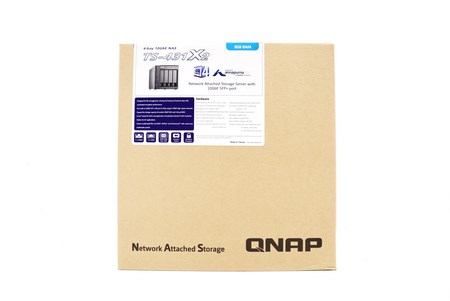
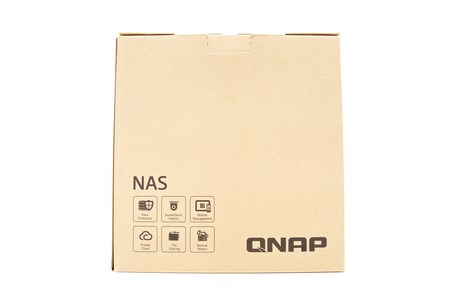
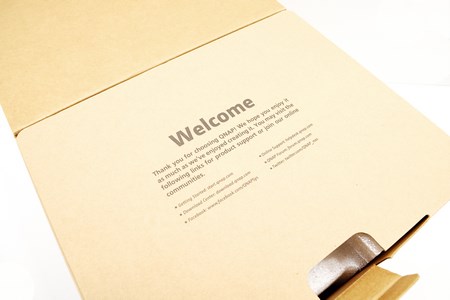
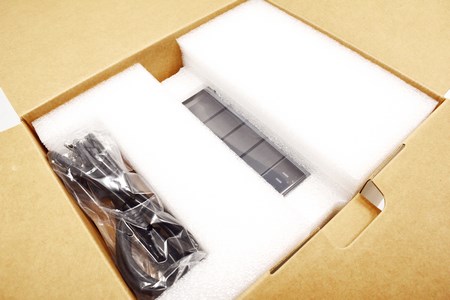
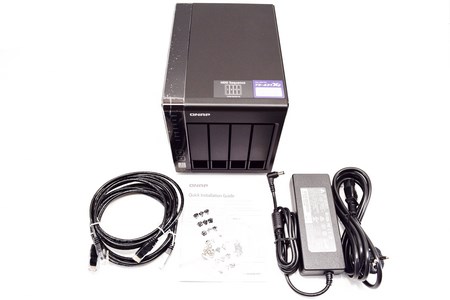
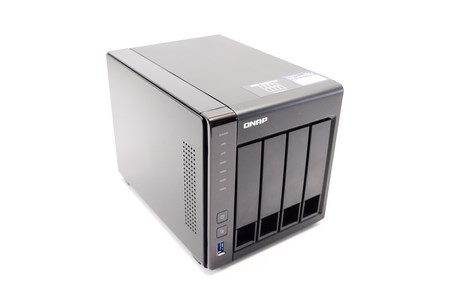
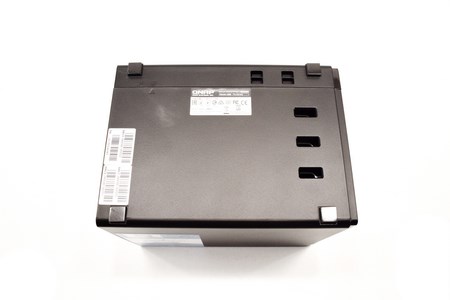
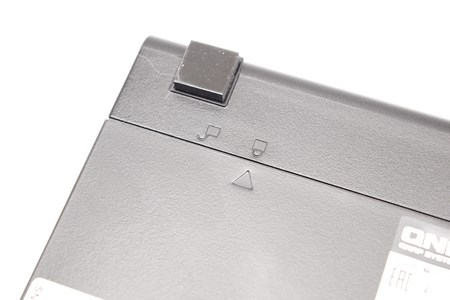
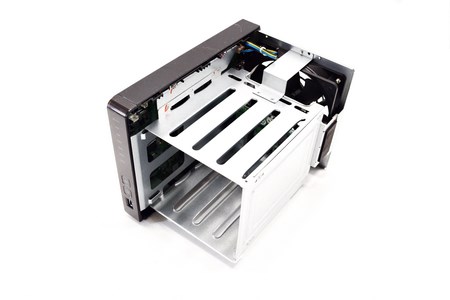
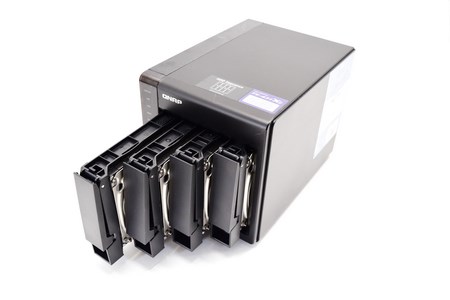
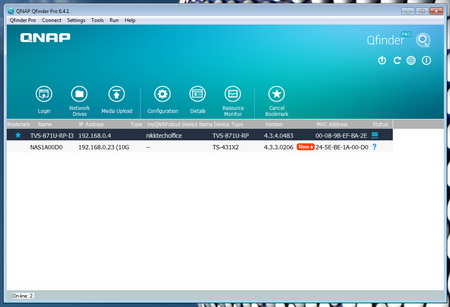
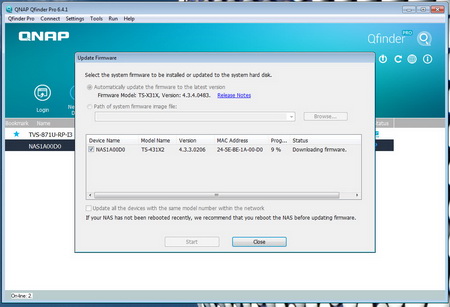
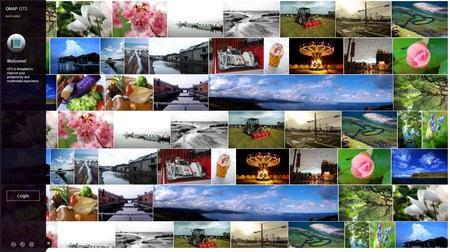
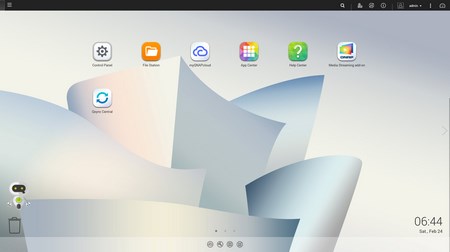
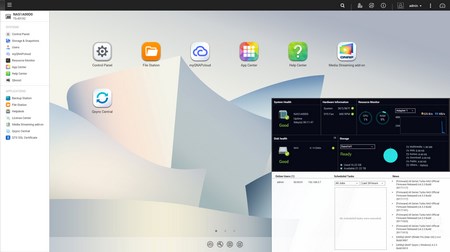
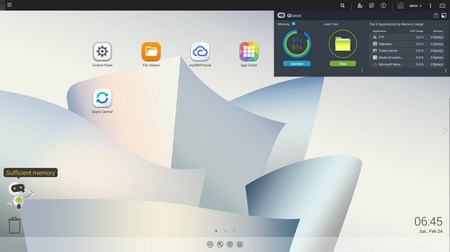
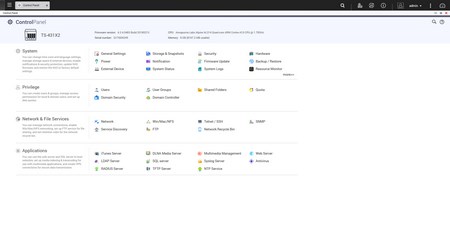
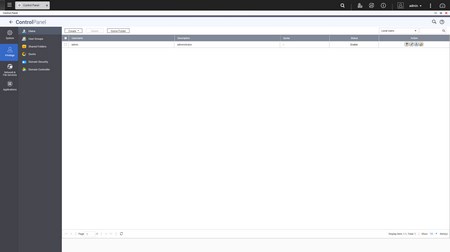
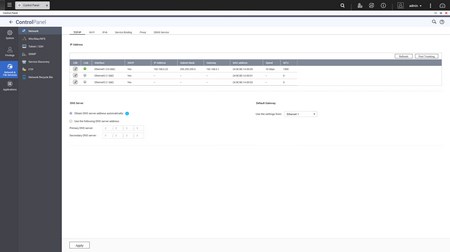
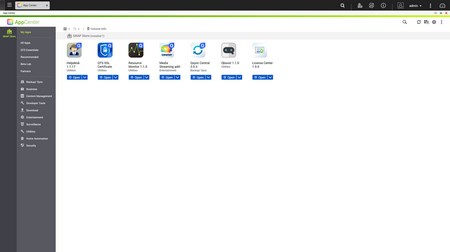
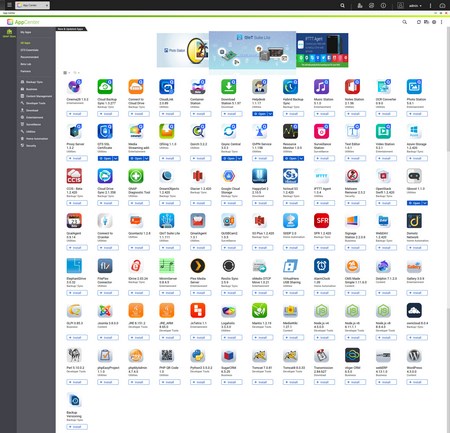
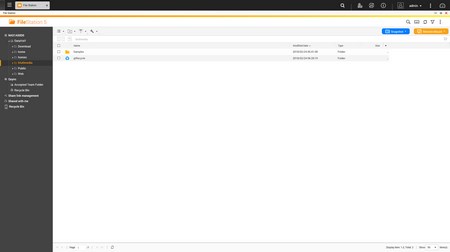
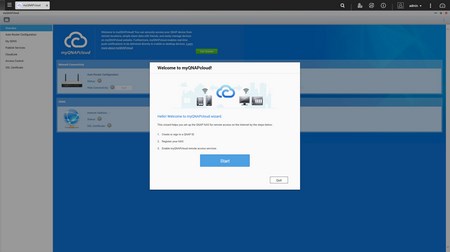
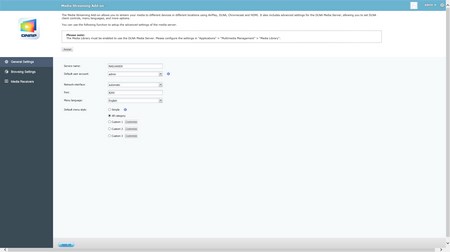
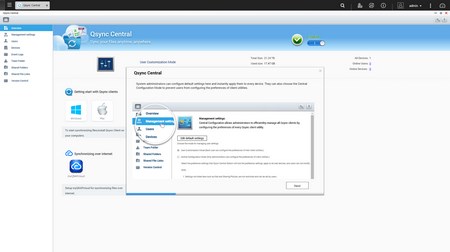
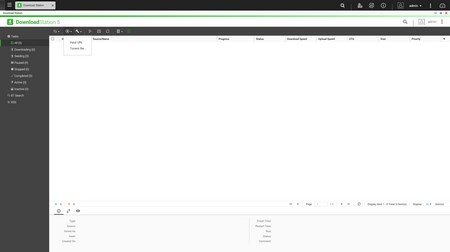
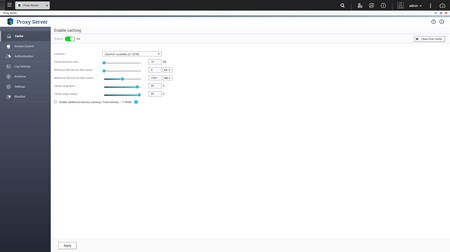
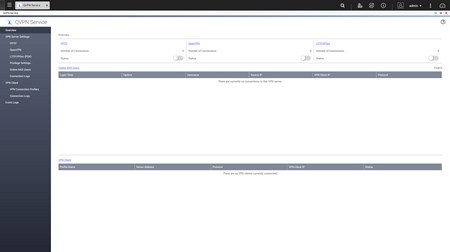
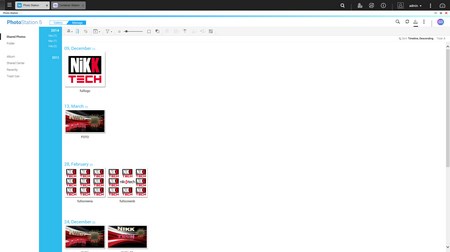
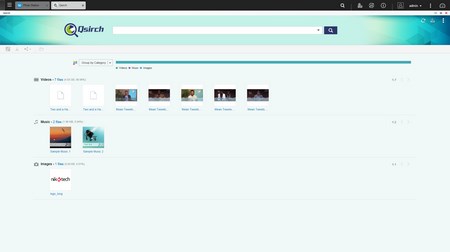
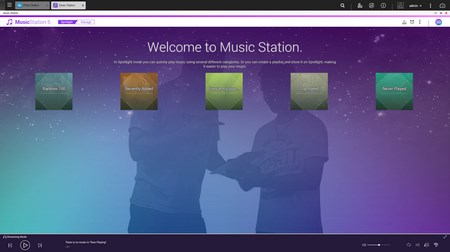
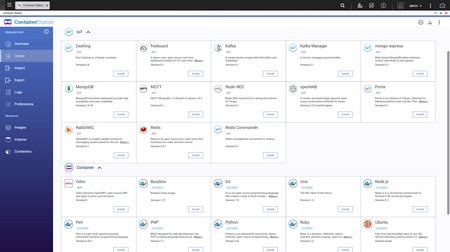
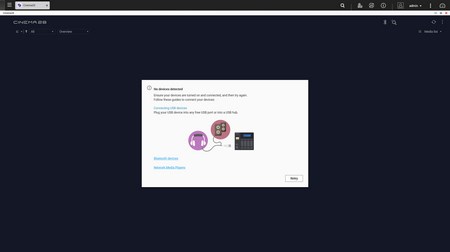
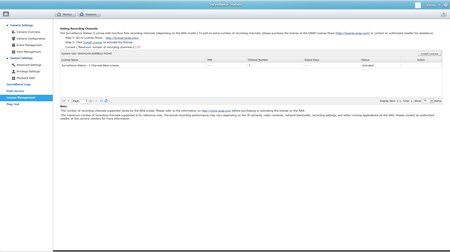


.png)

